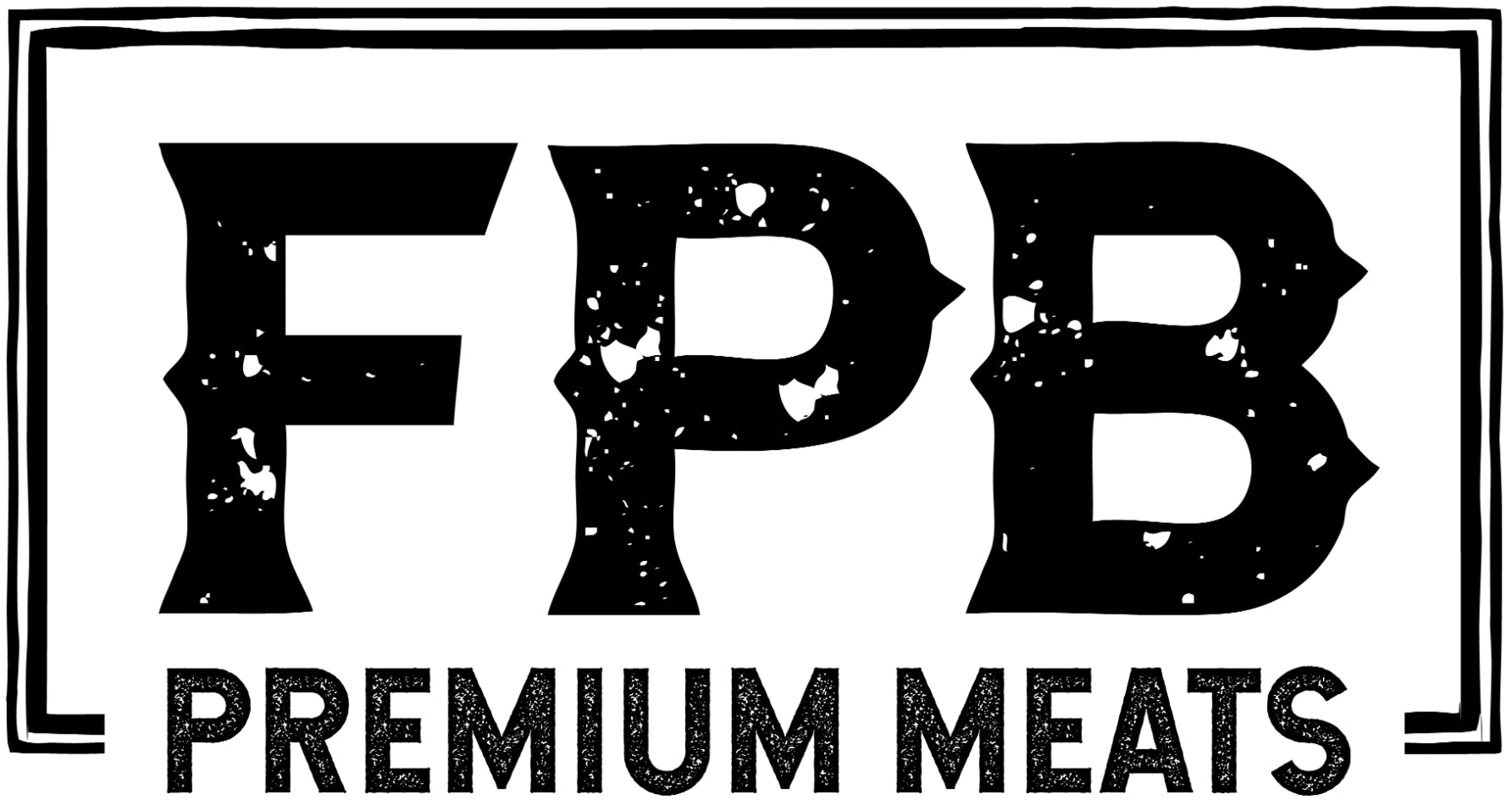Wet Aged vs. Dry Aged
Mmm, steak! It’s just the best. A perfectly cooked, juicy steak is a pleasure unlike anything else in the world. The delicious flavors and satisfying texture make for a perfect meal. It’s a favorite for a reason, but as amazing as a steak can be, not all steaks are the same.
The meat has to undergo a lot before it can arrive on your plate, and if you know a little about the different processes at play, you can explore more kinds of delicious steak and maybe find your new favorite.
For the most part, all steak is aged. You’re not exactly picking your cow like you would a lobster at a seafood restaurant. The processes that get a steak from the farm to your plate take time, and how that time is spent determines the flavor profile of the steak. In general, a steak can be dry-aged or wet-aged. Let’s look at those two processes to learn about what they do to your meal.
Dry-Aging
We can start by looking at the dry-aging process. It is a slow process that is designed to produce the most tender meat possible. This is done by hanging beef, usually an entire side, in the open air. The meat is kept just above freezing temperatures to prevent microbial growth, but it has to be above freezing to enable the drying process. The meat is aged for several weeks. Over this period of time, naturally occurring enzymes work on the muscles of the meat. This tenderizes the meat thoroughly. The enzymes change the texture of the meat, and they redefine its flavor.
Dry-aged steak produces the most tender beef available. Along with that, the flavor changes are substantial. Dry-aged flavors tend to be stronger. Many people describe them as nutty or earthy, and the process adds what’s called astringency (a slight acidity or bitterness) to the flavor profile.
The downside to dry-aging (in addition to the time it takes) is that you lose a lot of meat. The loss of moisture reduces the mass of the beef overall. Also, the aging process ruins the surface of the meat. The surface has to be trimmed away, and this adds to the loss of mass. Ultimately, this process drives up the cost per pound of the steak. Despite the price, many people rave about the flavor of dry-aged meat and are willing to pay the premiums.
Wet-Aging
Wet-aging has been around for less than 60 years or so. It only became an option after the mass development of plastics meant easy production of the bags required for wet-aging. In order to wet-age steak, the beef is cut and portioned. It is then immediately placed in vacuum-sealed bags. Again, it is kept at a low temperature just above freezing. The wet-aging process typically lasts up to 10 days. During this time, the naturally occurring enzymes are able to tenderize the meat.
Wet-aging is a faster process. Because of this, the enzymes don’t have enough time to change the meat as substantially as you would find in the dry-aging process. The result is that wet-aged meat is tender but not as tender as dry-aged steak. Wet-aged steak has a lot more moisture in it, however. This distributes the flavor across the meat more evenly. Additionally, the wet-aging process does not produce the acidity that dry-aged steaks have. Steaks you’ll find at your local grocery store are sealed in plastic and are technically wet-aged, so a wet-aged steak tastes much more like the traditional steak flavor that most people are accustomed to.
The wet-aging process is much more cost-effective and affordable. Because the meat is vacuum-sealed, there is no weight loss at all in the aging process. This makes the meat less expensive per pound, and you still get the value of aging.

